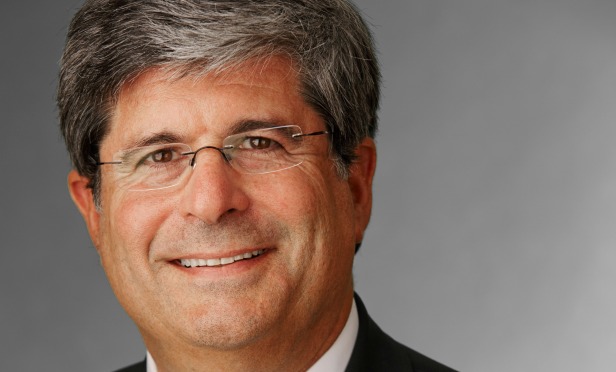
George Smith Partners' Gary Tenzer has leveraged another creative financing strategy on behalf of his client G.H. Palmer. This time, Tenzer, a co-founder and principal at GSP, secured a $233.6 million cash-out refinance for two multifamily properties in Downtown Los Angeles, Medici and Orsini I. Palmer secured a 10-year fixed rate loan at a lower 4.02% interest rate, but paid a pre-payment penalty to secure the lower rate early. While typically paying a pre-payment penalty is not recommended, the savings from the lower interest rate offset the cost of the pre-payment penalty a breakeven timeframe of two years. We sat down with Tenzer for an exclusive interview to find out more about these deals, why they are beneficial and if other borrowers are looking at similar strategies.
GlobeSt.com: This is the second similar creative refinance deal that you have secured for G.H. Palmer. What are the benefits of this creative strategy?
Gary Tenzer: If you can get lower rates, you want to refinance for a lower rate, but there was a defeasance that you have to pay. You have to balance it and look at the timing of the loan so that the defeasance is offset by the savings in interest. It is a moving target, and the interest rate is moving through the entire process. It is hard to time, but we timed it. In the meantime, the borrower was able to lock-in 10-year fixed rate debt on two very important properties in his portfolio and take long-term rate risk off the table.
GlobeSt.com: Why was he a good candidate for this strategy?
Tenzer: These were seven-year loans that were in their fifth year. The interest rates were in the 5% range, so it made sense to get the rates down sooner than later. His existing rates were higher than the rates that he could refinance at, and we were within a window of a couple of years when his maturities were so that it made sense to pay the defeasance to refinance early. He was also able to pull out a lot of cash. That was the other motive. Instead of being for the 5% interest rate range for the next two years, he is in the 4% interest rate range for the next 10 years.
GlobeSt.com: Why didn't you use an early rate-lock option on this deal?
Tenzer: There are methods to lock in rates early, but there is a risk in that. He chooses to not take that risk, and we locked the rate the day of closing. The risk is that if there are terms and requirements in the commitment that are not to your liking, you are exposed to a hedge and you can lose the deposit.
GlobeSt.com: Do you think that creative refinancing options will become more popular among borrowers this year? Have you seen an increasing in clients asking for creative solutions, like this?
Tenzer: I think that it may not be obvious to other borrowers. This is something that a borrower needs to be shown why it makes sense. They may not be thinking about it. It is an important point to make, and it is not an obvious financial decision. I have another client that does not see the benefit of spending the money in fees, even if I show him that it makes compelling sense over the next 10 years. It is not obvious. You have to lay out cash today, but you are also generating cash out of the refinance. In a sense, it isn't really cash out of pocket. You are still going to put net cash in your pocket—but there is a cost to doing this.
GlobeSt.com: Since loan timing is important to making this feature work, should interested borrowers act quickly?
Tenzer: The window is closing. We locked our rate at 4.02% and the original rates was approximately 5.25%, so we are saving about 150 basis points a year. Let's say treasuries move up another 75 basis points in the next few months, which they very well could. Then you are only saving 50 basis points a year, and the breakeven point would be five years instead of two years. As the long-term rates are moving up, the beneficial window is narrowing. This strategy would become less compelling.
© Touchpoint Markets, All Rights Reserved. Request academic re-use from www.copyright.com. All other uses, submit a request to [email protected]. For more inforrmation visit Asset & Logo Licensing.






